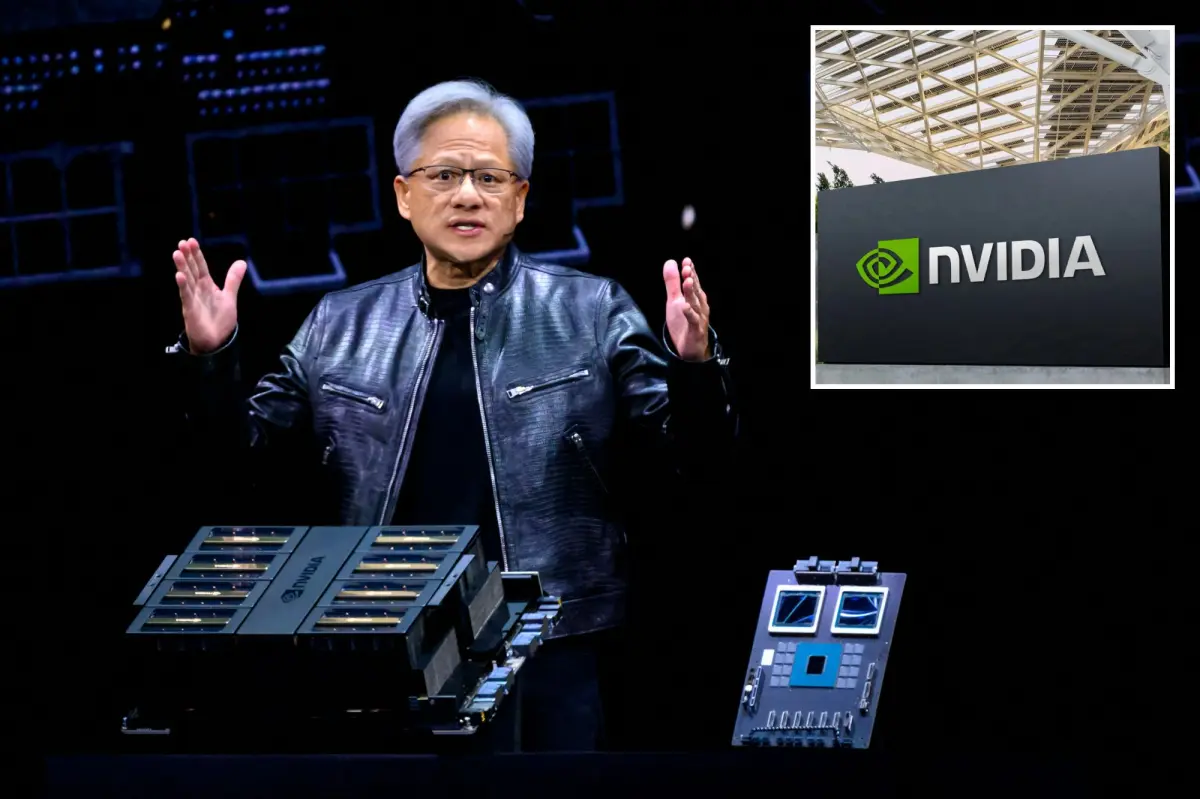NVIDIA’s Cutting-Edge AI Chip Platform: Rubin
NVIDIA, a leading force in the semiconductor industry, recently unveiled its forthcoming AI chip platform, Rubin, set to hit the market in 2026. This announcement, made by CEO Jensen Huang, has generated significant buzz in the tech community. Rubin represents a significant leap forward in artificial intelligence technology, promising unprecedented performance metrics and energy efficiency.
The Rubin platform is designed to deliver a substantial increase in computational power, aiming to meet the growing demands of AI applications. Early reports suggest that Rubin will offer up to 50% more processing capability than its predecessor, while simultaneously reducing energy consumption by 30%. These advancements are expected to facilitate more complex AI computations in real-time, enabling breakthroughs in fields such as autonomous vehicles, advanced robotics, and large-scale data analytics.
One of the core innovations of Rubin is its enhanced neural network processing capability. By integrating state-of-the-art machine learning algorithms and hardware accelerators, Rubin promises to significantly speed up training times for deep learning models, making it a highly attractive option for researchers and developers. Moreover, the chip’s architecture has been optimized for scalability, allowing it to be deployed across a diverse range of devices, from edge computing nodes to data center servers.
NVIDIA’s strategic timing for the Rubin release aligns with the anticipated surge in demand for AI-driven solutions across various industries. By 2026, the market for AI chips is expected to grow exponentially, driven by advancements in technology and increased adoption of AI applications. Rubin positions NVIDIA to capitalize on this trend, reinforcing its leadership in the AI chip market.
Rubin also offers competitive advantages over existing NVIDIA products. Its superior performance and energy efficiency set a new benchmark for AI chips, making it a formidable competitor in the market. This strategic move by NVIDIA not only aims to meet the evolving needs of its customers but also to outpace rivals in the increasingly competitive landscape of AI technology.
AMD and Intel’s Latest AI Chip Innovations
In the ever-evolving landscape of artificial intelligence, AMD and Intel have recently unveiled their next-generation AI chips, adding significant momentum to their ongoing rivalry with NVIDIA. AMD’s latest offering, the MI300, promises to deliver a substantial performance leap over its predecessor. The MI300 boasts advanced 7nm process technology, integrating a combination of CPU and GPU cores to enhance both computational power and energy efficiency. This chip is designed to cater to a wide array of AI applications, from deep learning to complex data analytics, positioning AMD as a formidable contender in the AI chip market.
Intel, on the other hand, has introduced the Gaudi2 AI processor, which emphasizes scalability and versatility. Leveraging Intel’s proprietary AI accelerators, the Gaudi2 chip is optimized for deep learning workloads and offers significant improvements in throughput and latency. The integration of advanced interconnect technologies further enhances its performance, making it a compelling choice for large-scale AI deployments. Intel’s strategic partnerships with leading cloud service providers are expected to broaden the adoption of the Gaudi2, potentially shifting market dynamics.
When comparing AMD and Intel’s approaches, several distinctions emerge. AMD’s focus on integrating CPU and GPU cores within a single chip highlights its commitment to delivering a balanced performance across various AI tasks. In contrast, Intel’s Gaudi2 chip is tailored specifically for deep learning, showcasing the company’s targeted strategy to dominate this niche. Both companies, however, share a common goal of pushing the boundaries of AI capabilities, albeit through different technological pathways.
The market implications of these new AI chips are profound. With AMD and Intel’s latest innovations, competition in the AI chip sector is expected to intensify, potentially influencing pricing strategies and market share distributions. As these chips gain traction, they are likely to drive advancements in AI applications, ranging from autonomous vehicles to intelligent edge devices. The competitive landscape is becoming increasingly complex, with AMD, Intel, and NVIDIA each vying for supremacy through distinct technological innovations and strategic maneuvers.




































